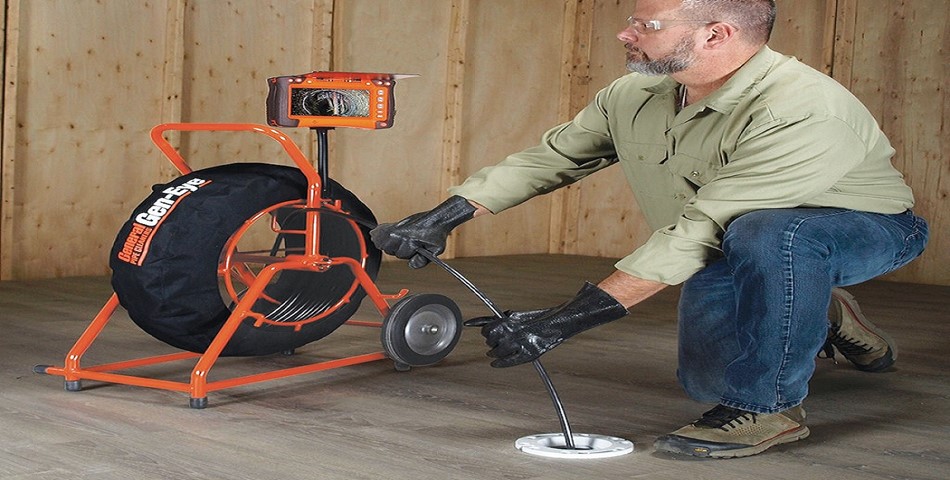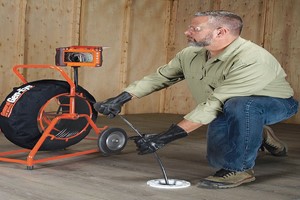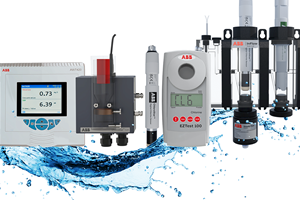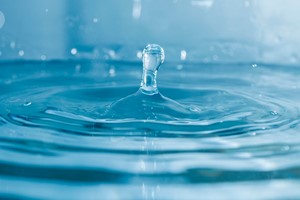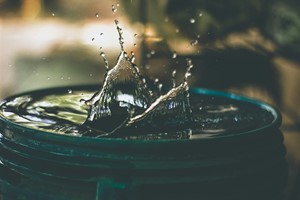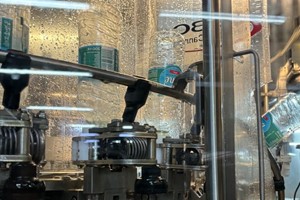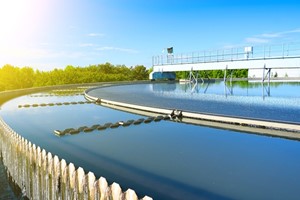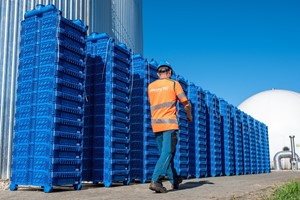While working the General Pipe Cleaner’s booth at a trade show several years ago, I struck up a conversation with a drain cleaning pro who used our products. He looked around at the different items we had in the booth, pointed at our line of camera inspection systems and said, “You know, I just spent $1,500 getting my cameras fixed.”
Initially, I was nervous that this might be an upset customer, but what he said next was quite the contrary. “But I don’t mind, because each one of my cameras made me more than $30,000 this year.”
He told me that he took a Gen-Eye with him to every job, and he would do a camera inspection in order to find things like root masses, cracks, dips or any other problems that might warrant a pipe replacement. With his General cameras, the man was able to not only show the customer exactly where the problem was in the pipe, but also use features like voiceover and screen titling to enhance the demonstration and eventually help sell pipe replacement jobs. When necessary, his camera unit switched from being a diagnostic tool to a marketing tool.
I tell this story because it is a prime example of how camera inspection systems completely revolutionized the earning potential for drain cleaning companies over the past few decades. It’s one thing to tell a customer they need a pipe replacement; it’s another thing to be able to have a customer looking over your shoulder and show them exactly what’s wrong with their pipes in real time. What started as a useful diagnostic tool quickly became an extremely effective marketing tool that has (literally) opened doors for thousands of plumbing and drain cleaning businesses.
The early days of camera inspection systems
I started working at General Pipe Cleaners in 1996. Coincidentally, this was around the time cameras first became widely used in the industry. Later that year, General introduced its first camera system, the Gen-Eye. Prior to this, plumbers and drain cleaners had to guess what was going on in a pipe. They would have to detect a problem through the feel of the cable, or simply getting an excavator and digging up the pipe. Cameras changed all that. Now, drain cleaners could see exactly where the problem was in the pipes, which saved a lot of time, effort and, in many cases, unnecessary digging.
Cameras also educated customers on the various problems that would necessitate replacing a pipe. Dips, cracks, root masses and collapses in a pipe could now be seen live instead of verbally described. While this benefitted the drain cleaners by helping them sell potential replacement jobs, it also allowed them to potentially reduce the amount of pipe that needed to be replaced, which brought cost savings and peace of mind to the customer.
Drain cleaning companies get the picture
After camera systems were introduced to the market, more and more companies clamored to enter the drain cleaning business. Drain cleaning pros doing service work realized that they could earn much more money doing pipe replacement jobs. Businesses offered their drain cleaning services for reduced prices as a way for generating leads by inspecting pipes for potential replacement jobs. Once these companies learned how to successfully use their camera systems as marketing tools in their pitch to customers, their potential earnings increased dramatically. Additionally, by using drain cleaning as a means for entering a customer’s home, these companies could use the opportunity to sell their other services such as water heaters, HVAC, etc.
With an increase in the number of camera systems came an increase in the use of water jetters on the job site. Jetters had been around since the 1980s, but their ability to clean the pipe and make it look brand-new made them a perfect companion for camera inspection systems. After going through a pipe with a jetter, the inspection looked much more impressive to the customer, which helped secure preventative maintenance contracts with food service business and other industries where buildups of grease and sludge are a problem.
Addressing environmental concerns
Another factor that raised the demand for pipe and sewer inspections was the Environmental Protection Agency’s increased concern for our public sewage system. Because much of our gravity-based sewage system leaks like a sieve, freshwater is freely entering our waste lines every time it rains, which is causing our sewage treatment plants to overflow. Because of this, the EPA recommends that all leaky pipes be replaced. Unfortunately, there is not enough public funding to properly ensure that all privately owned leaky pipes get replaced. While it can be costly for the consumer, the EPA recommends that contractors be extremely proactive in replacing or fixing all leaky and out-of-code pipes in order to cut down on inflow and infiltration. If the public sector ever decides to commit more funds for the repair of private infrastructure, business growth opportunities for drain cleaners could be astronomical.
Modern innovations in camera inspection systems
In the 25 years since they were first introduced to the market, companies like General have realized the importance in designing camera inspection equipment to be effective marketing tools so drain cleaning and plumbing companies can continue to grow and expand their business. Our camera systems are now USB, Wi-Fi and smartphone compatible, simplifying the process of adding voiceover and titling to inspection videos. General continues to explore new and innovative ways for drain cleaning pros to use pipe inspection equipment with confidence as both a diagnostic and marketing tool.
Dave Dunbar



